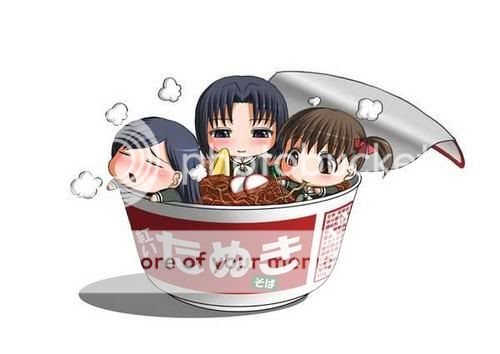Krypton - KrGeneral InformationDiscoveryKrypton was discovered by Sir William Ramsay and M.W. Travers in 1898 in London, in the residue remaining after nitrogen and oxygen had boiled away from liquid air.
AppearanceKrypton is a colourless, odourless gas.SourceKrypton is obtained by distillation from liquid air.UsesKrypton is used commercially as a low-pressure filling gas for fluorescent lights. It is also used in certain photographic flash lamps for high-speed photography.
Radioactive krypton was used to estimate Soviet nuclear production. The gas is a product of all nuclear reactors, so the Russian share was found by subtracting the amount that comes from Western reactors from the total in the air.Biological RoleKrypton has no known biological role.
General InformationThe spectral lines of krypton - brilliant green and orange - are easily produced and very sharp. The orange-red line of 86Kr is used as the fundamental unit of length: 1 metre=1650763.73 wavelengths. Some krypton compounds can be made, including krypton(II) fluoride, and some clathrates.
Physical Information
Atomic Number 36
Relative Atomic Mass (12C=12.000) 83.8
Melting Point/K 117
Boiling Point/K 121
Density/kg m-3 3.75 (gas, 273K)
Ground State Electron Configuration [Ar]3d104s24p6
Electron Affinity(M-M-)/kJ mol-1 +39
|
Timmykun Community Member |
|



